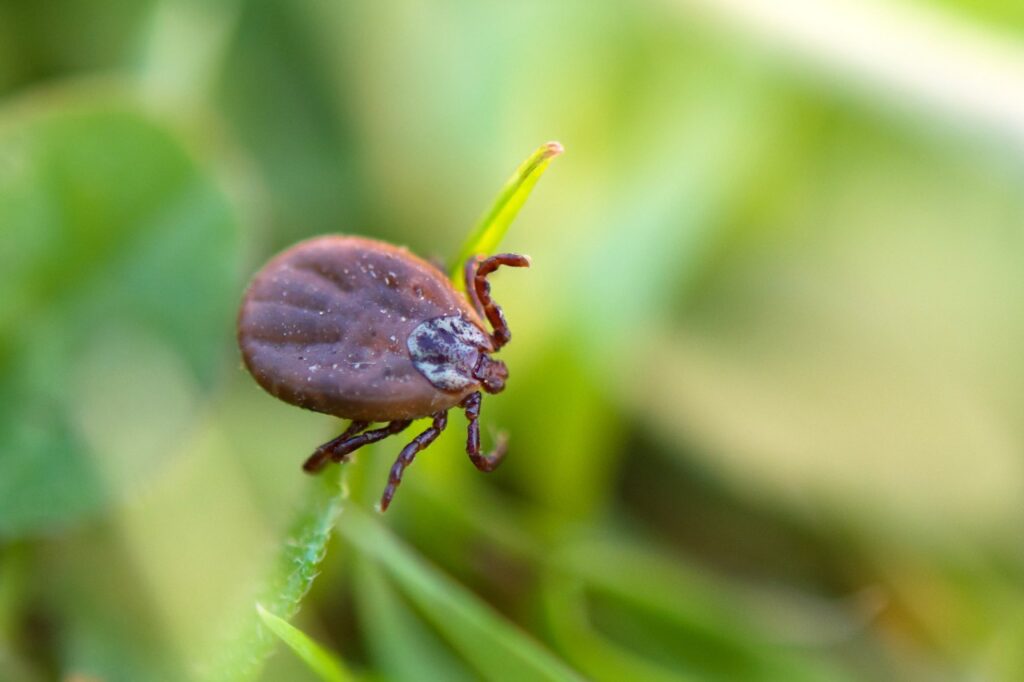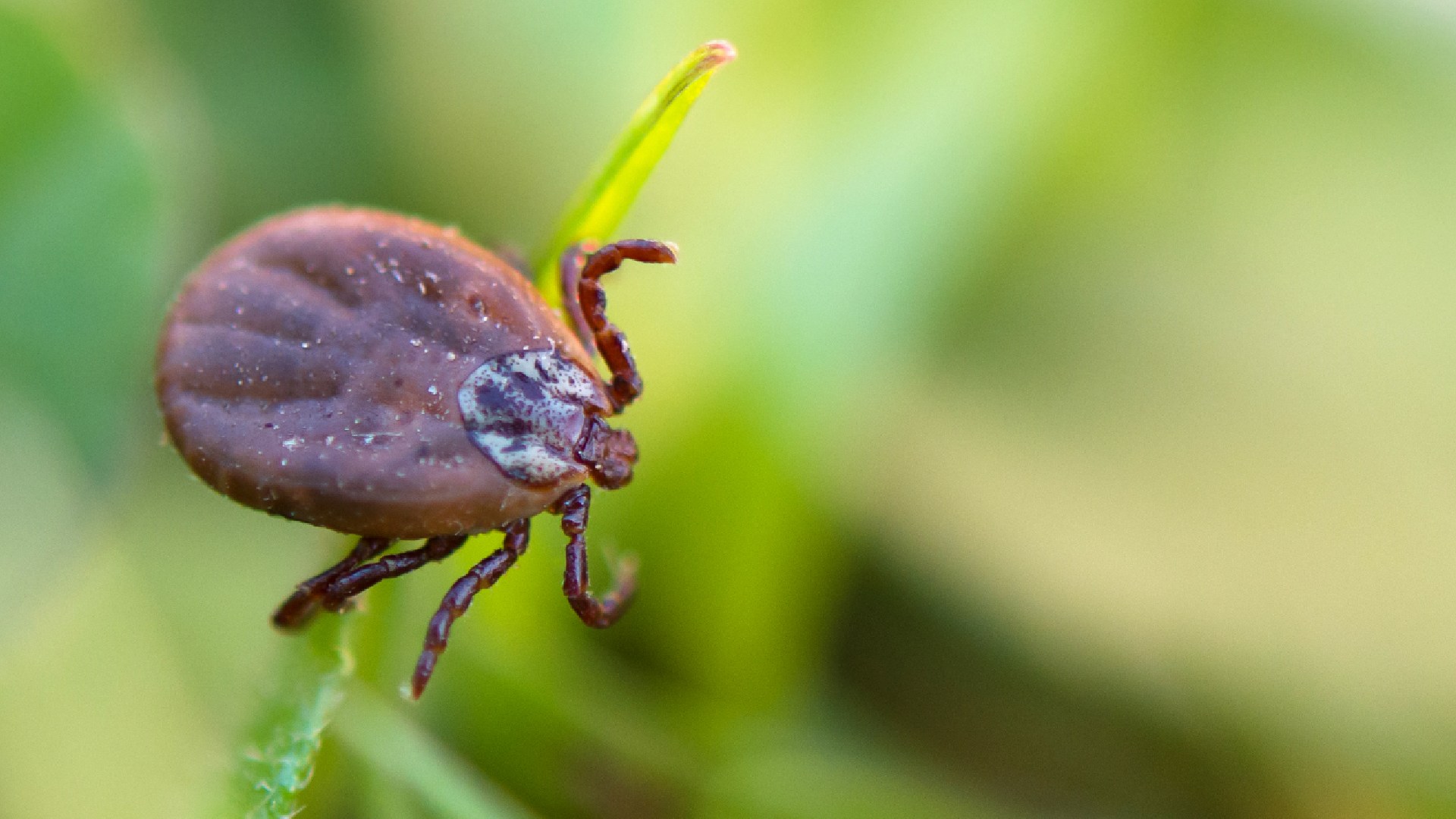Dieser Beitrag ist auch verfügbar auf:
Deutsch
If you spend time outdoors in the spring and summer, you should always cover your arms and legs, or you run the risk of being bitten by a tick – with potentially serious consequences. Many of the dangerous little arachnids carry pathogens that can cause diseases such as Lyme disease or tick-borne encephalitis (TBE). The latter can even lead to meningitis. But how can we protect ourselves from ticks? And do these little bloodsuckers really fall from the trees?
Ticks are bloodsucking survivalists
Ticks lurk in bushes and grass, especially from April to October. They can survive for up to two years without food until they find a victim. These tiny crawlers have eight legs and belong to the arachnid family. There are several hundred species of ticks.
The most prevalent tick species in Germany is the common wood tick. This species is visually and aurally impaired, yet possesses an exceptional olfactory sense. The common wood tick’s olfactory organ, known as the Haller’s organ, is located in a dimple on the front legs. This organ is capable of detecting carbon dioxide in human breath and butyric acid in human sweat.
Ticks do not fall from the trees
It’s a myth that ticks fall from trees – in reality, they can only reach about waist height, so they prefer bushes and grasses. It looks for warm, moist areas under clothing where the skin is thin: the back of the knees, groin and armpits. It climbs up the victim with its claws. At the right moment, the tick can be removed like a burdock.
Once it has found the right spot, the tick stings: two small knives cut into the skin and a suction tube with barbed ends is stuck into the wound. It then begins its blood meal. To ensure it is not disturbed, it injects its saliva into the wound. This contains a local anaesthetic, so the victim feels nothing. But for humans, tick saliva has a side effect – it can also transmit disease. In our part of the world, these include Lyme disease and tick-borne encephalitis.
Global warming benefits ticks
Ticks like it warm and moist. Researchers are therefore predicting that the animals will become more abundant as a result of global warming in Europe will continue to spread. Ticks live for around three to five years and only need three blood meals in their entire life.
Ticks mate while the female is feeding on blood
Female ticks are more blood thirsty than male ticks: The adult female tick sucks for one to two weeks. During this time, the male mates with the female.
Once the female tick is full of blood, it falls off its host. It now has 200 times its own body weight. She needs this energy to lay up to 3000 eggs, known as tick caviar. These eggs hatch into tiny, barely visible larvae in the spring.
Winzige Wegelagerer: Wie gefährlich sind Zecken wirklich?
Blood is the tick’s elixir of life
Tick larvae prefer small mammals such as mice, rats, or rabbits. After the first blood meal, the larva develops into a larger nymph. The nymph infects roe deer and comes close to humans. It is only the size of a pinhead and can only be seen by looking closely. This is why many people who have been bitten by a nymph do not remember it.
After the third blood meal, the nymph develops into a sexually mature animal and the cycle begins again. But as the tick moves from host to host, it picks up germs wherever it goes – and this is where the real danger to humans lurks.
Lyme borreliosis is highly dangerous
According to the Robert Koch Institute, depending on the region, up to 35 percent of ticks are infected with borrelia, the pathogen that causes Lyme disease. These screw-like bacteria burrow deep into the tissues and can sometimes evade the body’s immune defenses.
In the early stages, there is often a typical red spot that spreads in a circle around the bite: “erythema migrans”. The second stage is characterized by nerve inflammation with burning pain, numbness, and paralysis. Children may also develop meningitis.
Advanced Lyme disease affects the joints and skin – and it can get worse
After months and years, the late stage follows. The joints of those affected become inflamed, similar to rheumatism. Pain, swelling and increasing stiffness of the joints are the result. More rarely, chronic inflammation of the brain, spinal cord, or skin may occur. Skin changes occur, especially on the arms and legs. The skin turns dark red and becomes swollen. Later, it becomes as thin as paper – doctors call it parchment skin.
Treatment with antibiotics is effective against Lyme disease. The rule is: the sooner the better. That is why everyone should see a doctor as soon as possible if they suspect they have the disease. Every year, up to 100,000 people in Germany contract this insidious disease. It can happen anywhere in Germany, but the risk of infection is particularly high in the eastern part of the country.
TBE viruses attack the nervous system
Rarer than Lyme disease is a second disease that can be transmitted by the common wood tick: tick-borne encephalitis (TBE). The pathogens are not bacteria, but viruses. In risk areas, two to five percent of ticks carry these viruses. But even if the pathogens have been transmitted to humans, they do not always cause illness.
Around a third of patients develop a type of summer flu with fever, headache and aching limbs around ten days after the tick bite. In 70 to 90 percent of cases, the body’s immune system copes easily. Occasionally, however, the viruses gain the upper hand and attack the nervous system.
The result: meningitis or even inflammation of the entire brain. The telltale sign is a second rise in temperature after the apparent summer flu has already been overcome. Certain nerve cells can die within a few hours, sometimes leaving the affected person permanently paralyzed. In extreme cases, the respiratory muscles fail and the patient can die.
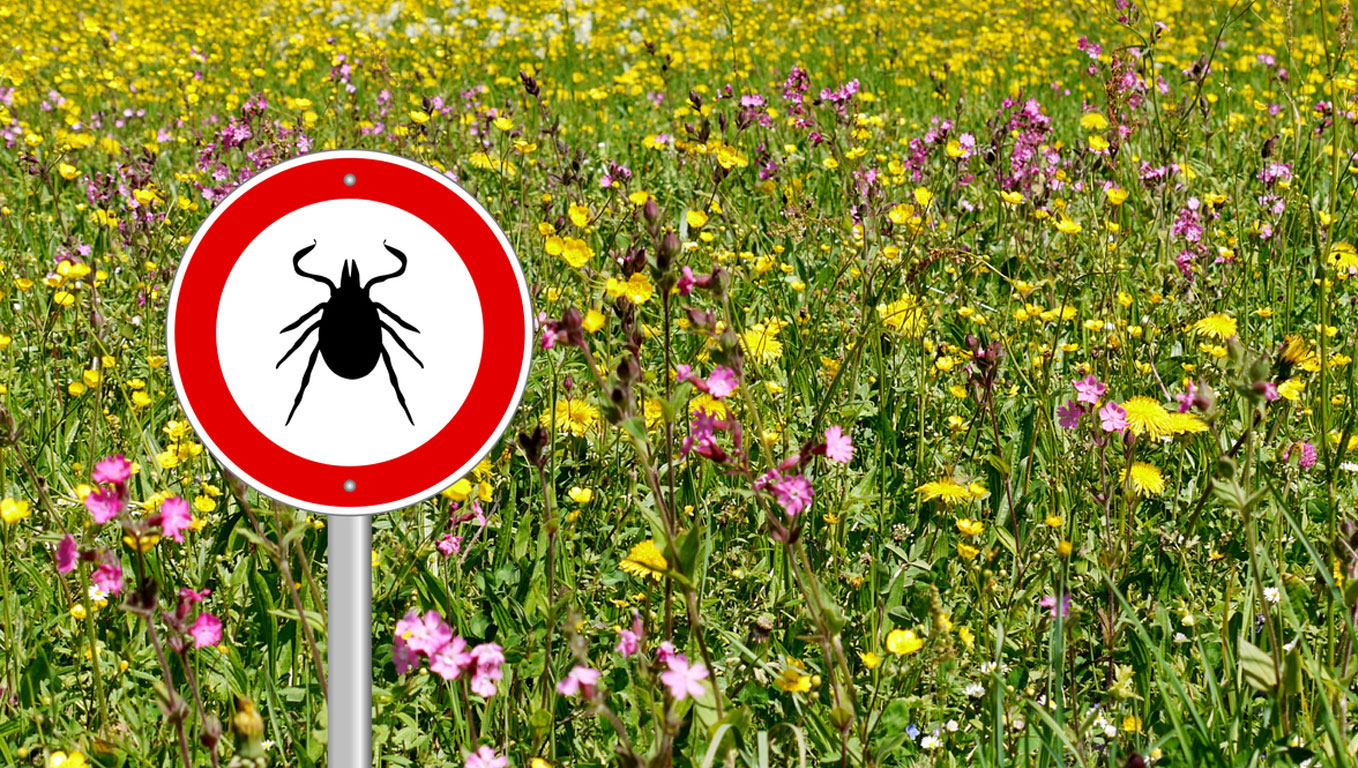
Ticks usually emerge in the spring and wait for their victims in meadows and undergrowth.
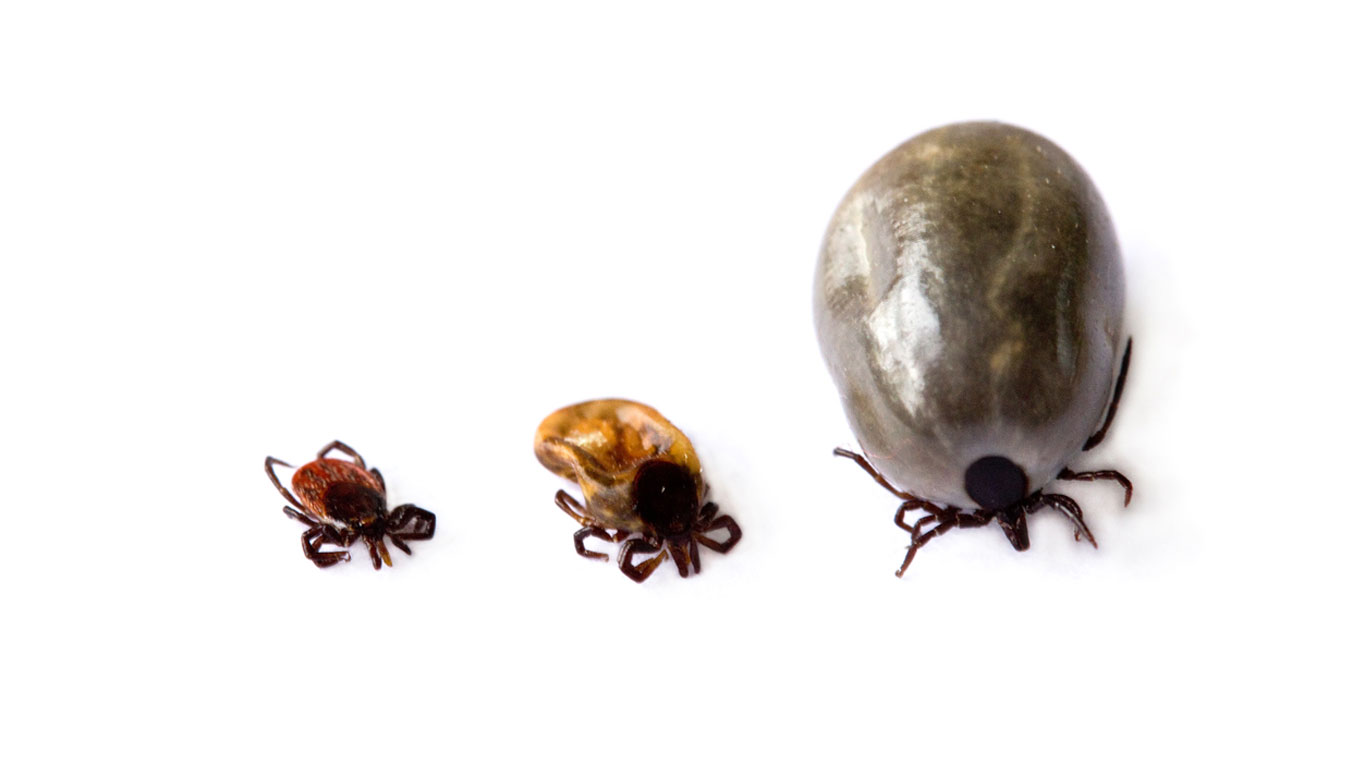
The tick feeds on the blood of its victims. After the meal (left), it reaches many times its original size (right). This image shows the common tick. This is the most common tick species in Germany.
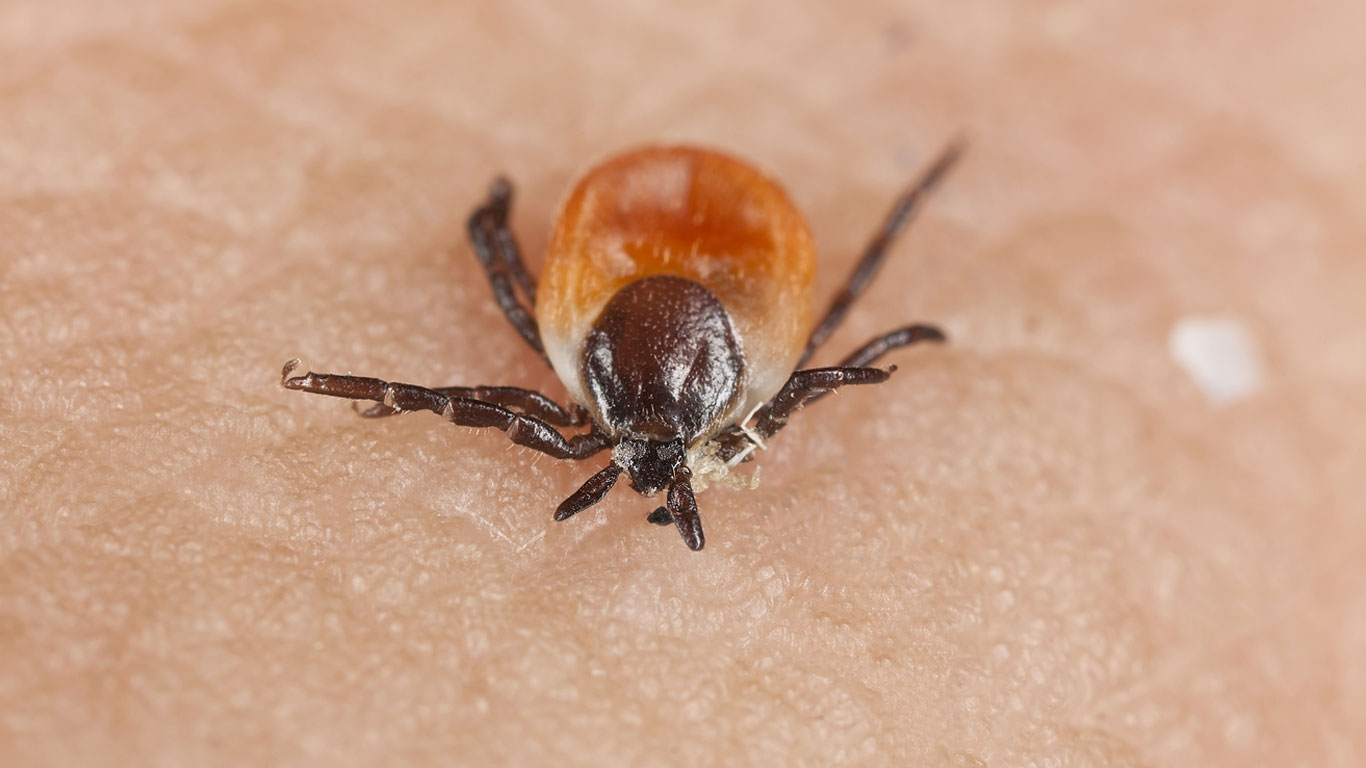
The tick's mouthparts allow it to claw deep into the victim's skin - once attached, it is very difficult to remove.
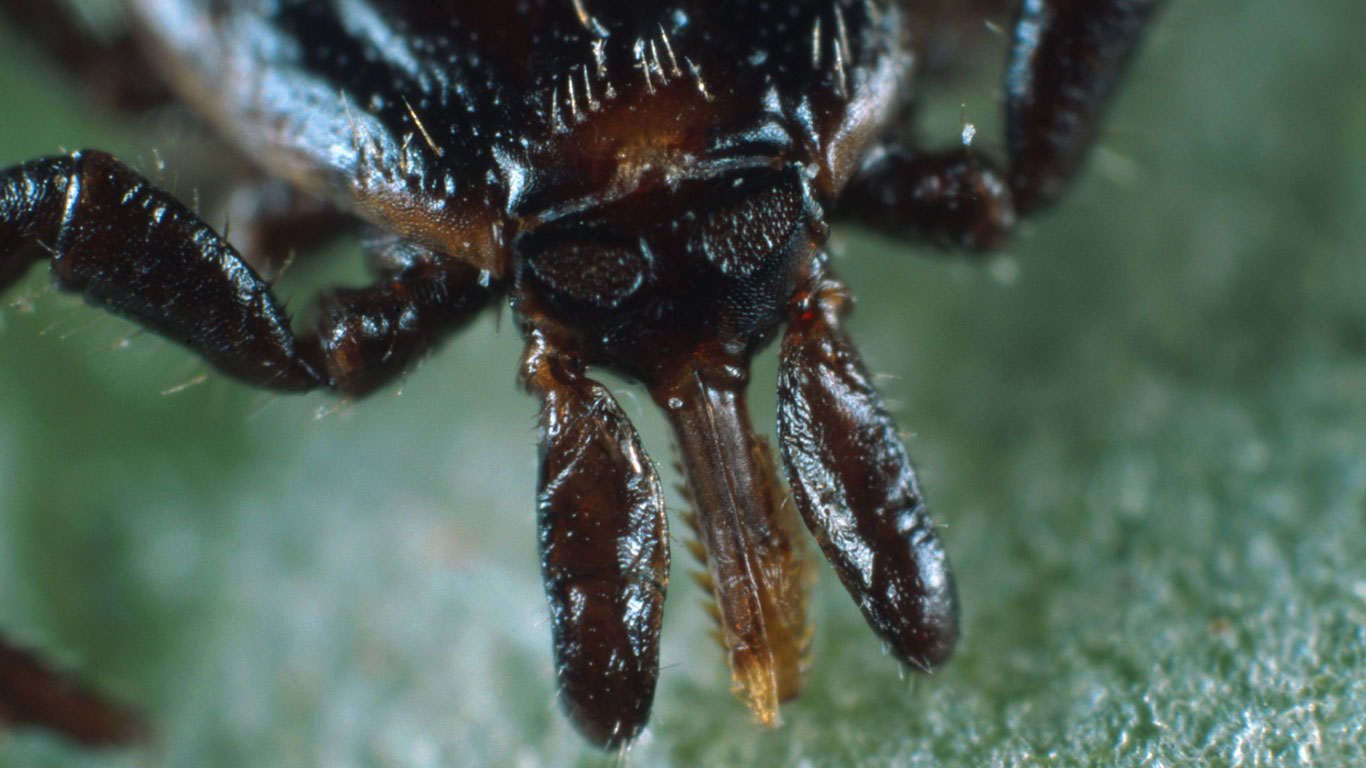
A magnified view: In the center is the suction tube that the tick uses to penetrate the skin of its victim. The tick uses the two hooks on the left and right to attach itself to the skin.

Prevention is the best cure: When traveling in tick warning areas, be sure to wear proper clothing and use paved trails when possible.

Once bitten, the tick is difficult to remove. The best way to remove ticks is to use tick tweezers to grasp the blood suckers and slowly pull them out of the skin.
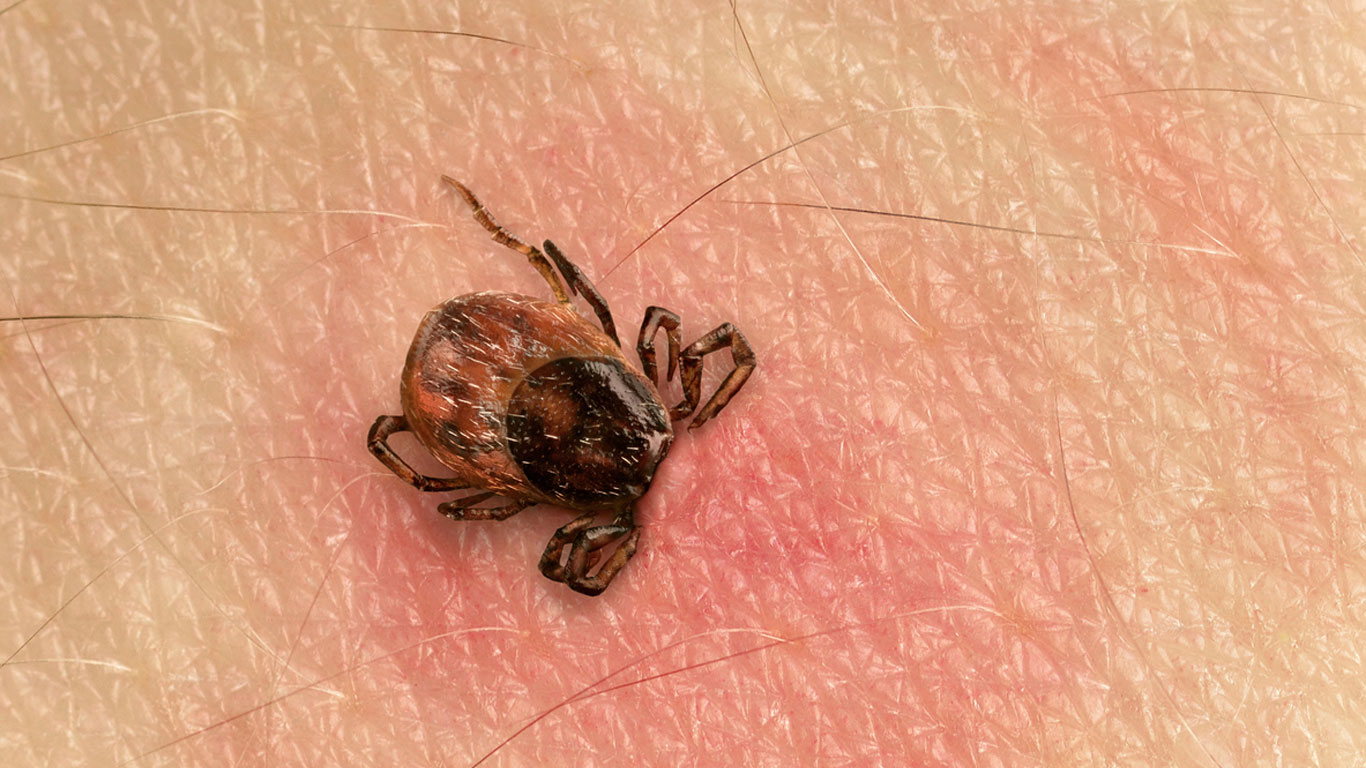
If you discover a similar red patch around the bite a few days after a tick bite, you should definitely see a doctor – this so-called “migratory redness” indicates an infection with borrelia.
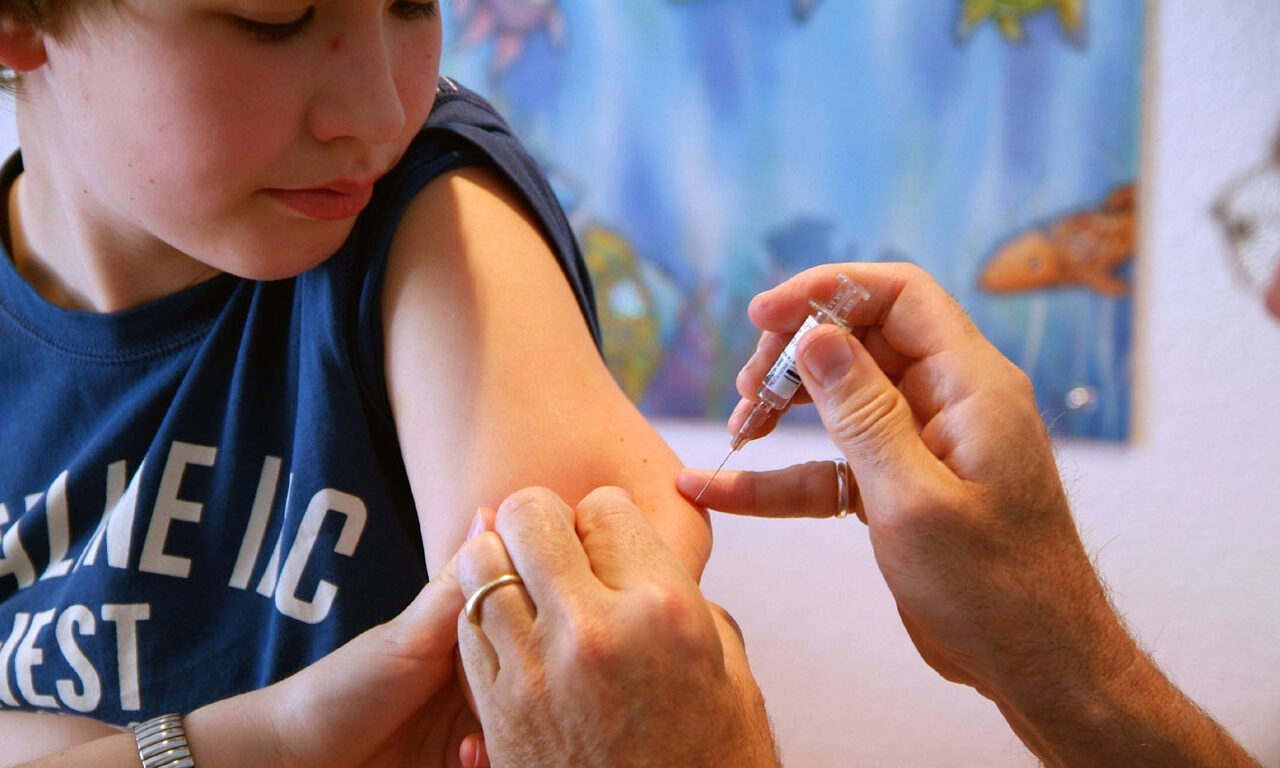
Much more dangerous - but also much less common - is tick-borne encephalitis (TBE), which is also transmitted by tick bites. There is a vaccine against TBE, but it is highly controversial, especially for young children.
TBE: No cause for alarm
A total of 418 cases of TBE were reported in Germany in 2021, according to official figures from the Robert Koch Institute (RKI). By comparison, road traffic claims many times more victims with half a million injuries and more than 3000 deaths per year.
TBE does not occur everywhere in Germany. Areas with more than one case of TBE per 100,000 population within five years are considered risk areas. These include Bavaria and Baden-Württemberg, as well as southern Hesse, southeastern Thuringia and Saxony.
There are also individual risk areas in central Hesse (Marburg-Biedenkopf district), Saarland (Saar-Pfalz district) and Rhineland-Palatinate (Birkenfeld district), the RKI reported. The district of Emsland is now the first district in Lower Saxony to be classified as critical. However, isolated cases of TBE have also been observed in federal states without TBE risk areas. TBE is also found in Austria, Slovenia, Slovakia, Poland and the Baltic States.
TBE vaccination: yes or no?
There is no medication against TBE, but there is a vaccination. The Standing Committee on Vaccination (STIKO) recommends it for people who a) live in risk areas or stay there for a longer period of time and in doing so b) frequently spend time in forests and meadows. The vaccination is administered three times within a year and then offers protection for three to five years. The recipient must then refresh it again.
The vaccines are nearly 100 percent effective. Complications are extremely rare, with 1.5 cases per million vaccinations, according to the specialist in microbiology, virology and infectious epidemiology, PD. Dr. Gerhard Dobler. Nevertheless, only about 20 percent of the population in Germany has been vaccinated.
Opponents of vaccination, however, criticize the pharmaceutical industry for unnecessary fear-mongering, especially when it comes to children, who usually have a milder course of TBE. Another point of criticism is that the risk-benefit analyses of vaccination are carried out by the pharmaceutical manufacturers themselves and are not accessible to the public. Therefore, everyone has to decide for or against vaccination.
Vaccination is undoubtedly useful for occupational groups such as forest workers and hunters. On the other hand, if you are just going on a week-long hiking vacation in the Black Forest or Lower Bavaria, you are much less at risk and can take alternative protective measures.
How to protect yourself from ticks
- If possible, use paved trails, avoid underbrush and tall grass, and generally avoid skin contact with plants close to the ground.
- Sturdy footwear is essential when traveling in tick warning areas.
- Wear light-colored clothing that covers as much of your body as possible – this makes it easier to find ticks later. Pull your socks over your pants.
- After spending time in an area with ticks, carefully check yourself and anyone with you for ticks. Preferred tick feeding areas are the head and neck, armpits, groin, and back of the knees.
- Wash your clothes at a temperature of at least 60 degrees after a walk in the woods.
- Treat pets with tick repellent.
If you are bitten by a tick, remove it immediately to prevent infection with borrelia bacteria. Such bacteria are usually transmitted only after the tick has been sucking on the body for 24 hours or more. However, this rule does not apply to a possible infection with tick-borne encephalitis.
This is important when removing a tick
- If possible, remove the tick with special tick tweezers.
- Grasp the tick just behind the head, as close to the skin as possible.
- Remove the tick gently and evenly.
- Do not squeeze the tick, as this may cause it to transmit more pathogens.
- Never use oil, glue, or similar household products. The tick will suffocate and release more body fluids into the bite wound as it struggles to die.
